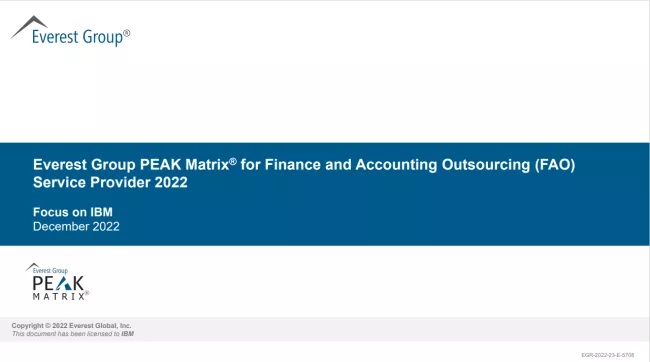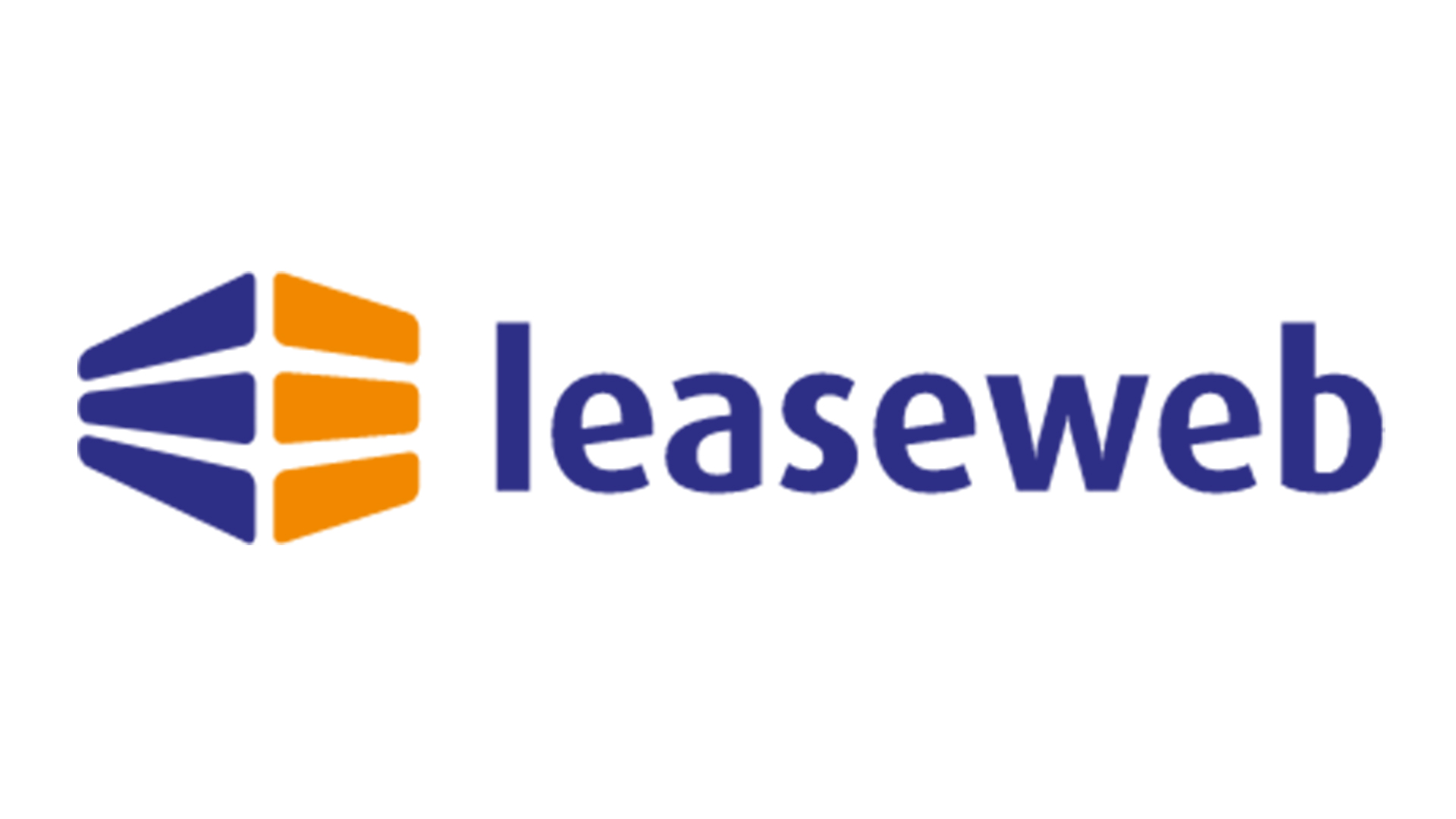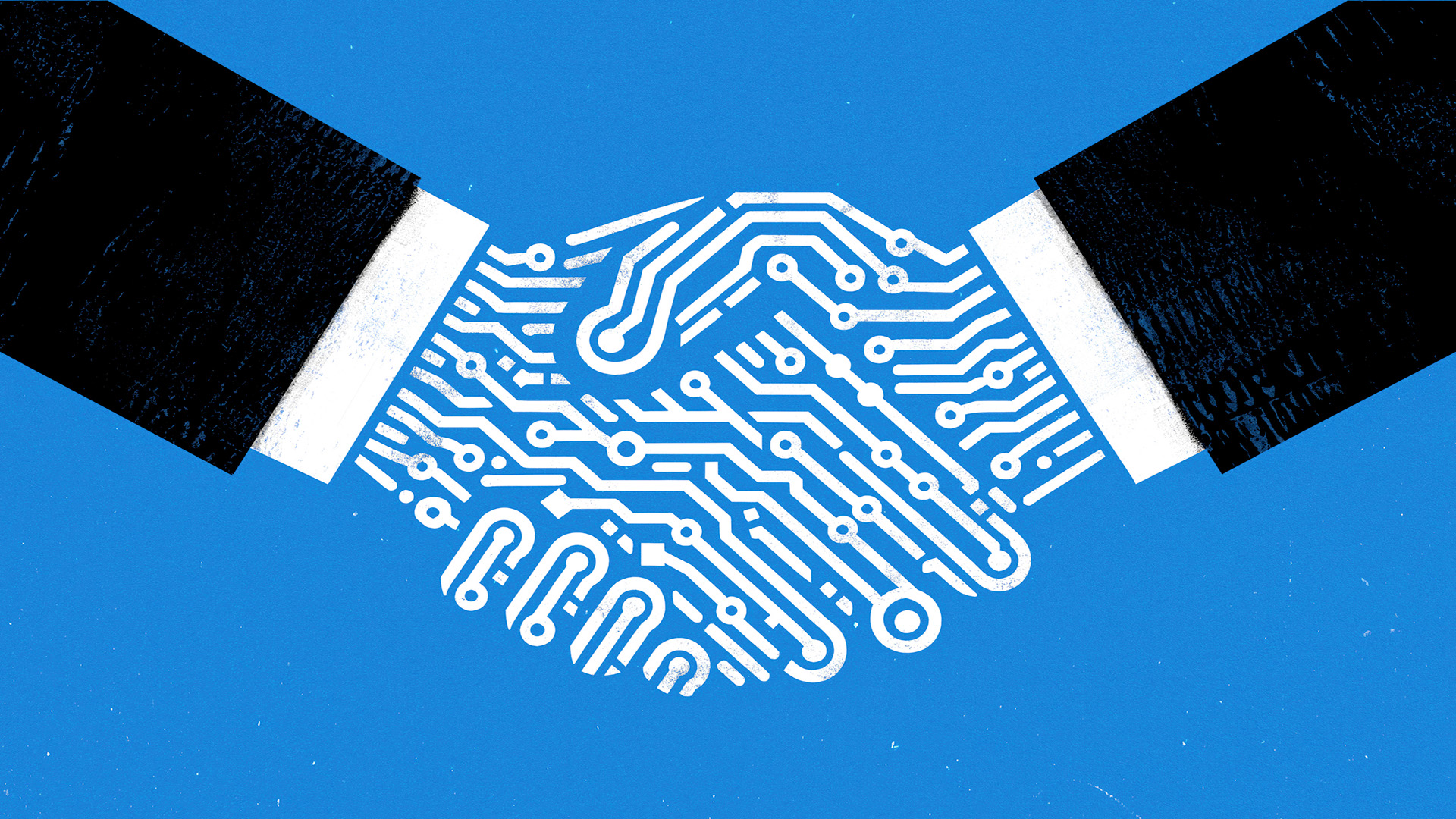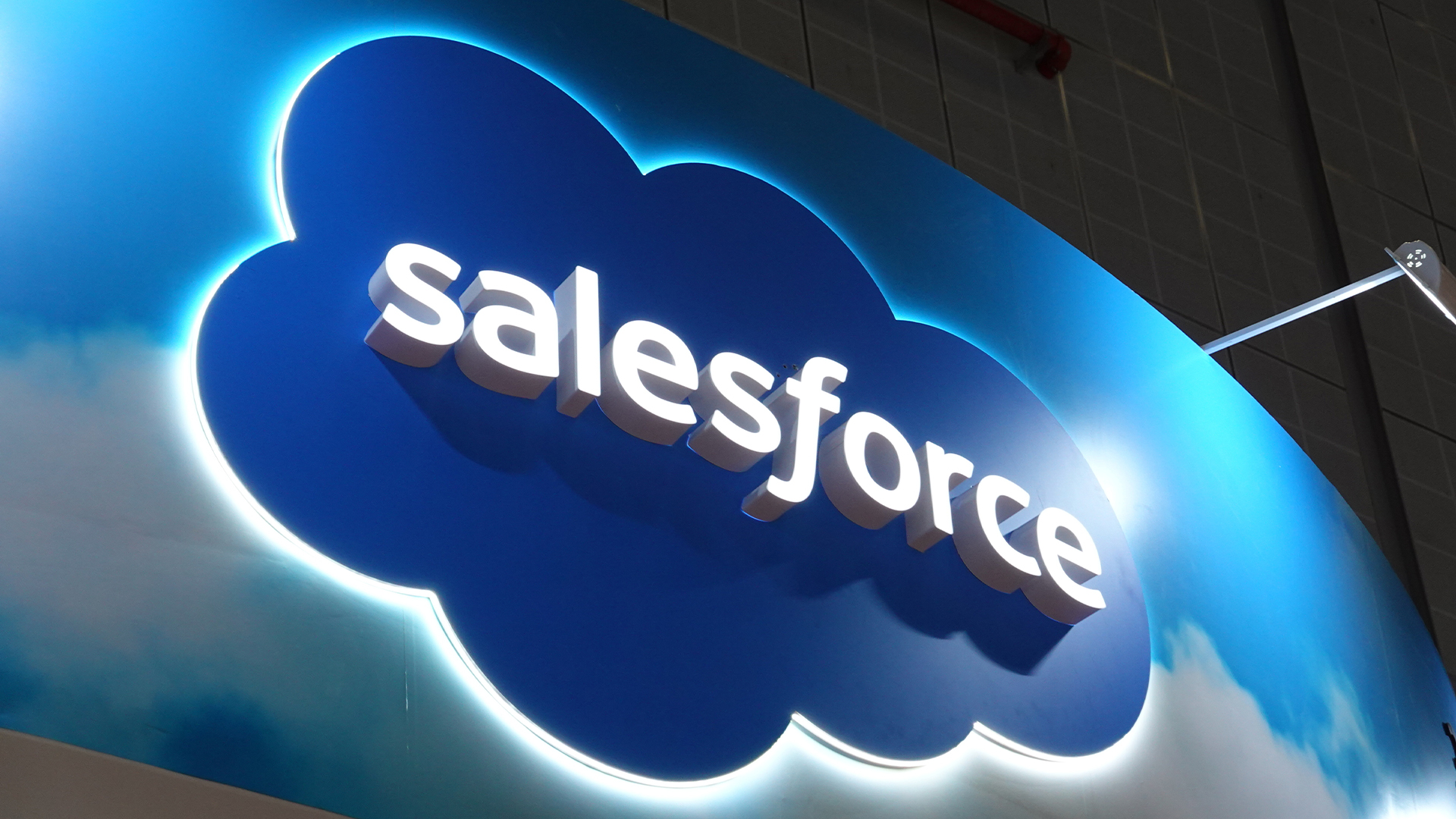How to bring your people on your digital evolution journey
Understanding stakeholders, mindset changes, and enabling citizen developers can play a key role in supporting digital evolution


For some time now, I’ve been championing the need for organizations everywhere to adopt a mindset of digital evolution rather than digital transformation to succeed in the new world of work. And that’s because the big investment, big reward ethos of digital transformation is high risk – especially when it goes wrong.
In the post-pandemic world of work businesses must adopt an evolutionary mindset and focus on the continual adoption and refinement of new and emerging technologies to achieve identified business outcomes. And the key to that, is ensuring your people are enrolled and engaged in your digital journey.
As an IT professional you will know that people fail to embrace digital evolution because they’re apprehensive about – even afraid of – tech development. But you can help them by sharing specific knowledge, upskilling, and taking the fear out of digital.

Greig Johnston is CEO at Vidatec and a former CTO. He has worked in the technology sector for over 25-years, buying and selling technology services. He specializes in helping businesses of all sizes develop digital strategies that deliver an exceptional end user experience on mobile and web.
This inclusive, people-centered approach also means that responsibility doesn’t just sit with the tech team but is shared across the whole organization. It also means increased resilience, greater innovation, and creativity – which benefits all tech professionals.
Map your stakeholders
For digital evolution to be successful, it’s essential to map and group your stakeholders, then make sure you establish effective communication channels to ensure there is a constant flow of information in both directions.
As well as internal stakeholders, customers are also a key group to consider. Customers will give you brilliant insights about what they love (and don’t love) about your digital offerings, and how they currently use them versus what they wish they could use them for.
Finally reach out to any partners, external consultants, and industry experts – often, the view from the outside is quite different, and very revealing. You could make way for new ideas that could revolutionize the way you think about your digital offerings.
Stay up to date with the latest Channel industry news and analysis with our twice-weekly newsletter
Consider the ‘change mindset’ of your people
There could be any number of reasons why your people are resistant to digital evolution – a lack of leadership alignment, corporate red tape, or a false belief about the scale and complexity of the change.
At Vidatec, for example, we’ve found ‘hackathon’ days are particularly effective at bringing colleagues together and helping everyone become part of the solution.
To manage this process, it often helps to frame hackathon sessions with a problem statement, such as a solution to a customer or organizational challenge.
Enable ‘citizen developers’
RELATED RESOURCE

Discover leading Salesforce service providers and find the ideal solution that matches your requirements.
It’s just as likely that your people believe tech should be left to the experts.
But low-code/no-code platforms – including Microsoft Power Platform and Zapier – are great at turning non-developers into ‘citizen developers’ by empowering them to build tools and workflows to integrate and share data between different apps and platforms.
Tech professionals can support and nurture this approach by providing case studies and best practice examples.
Upskilling opportunities
While in-depth continuous development is essential for tech teams, it’s also incredibly useful to broaden perspectives and develop the digital skill sets of everyone in your organization.
Areas for upskilling could include:
- GDPR awareness, data protection and cybersecurity risks
- Understanding agile product development and knowing how to engage with your end-user/audience
- Knowing how to use customer/end-user advocacy to drive positive referrals for your digital products and services
- Understanding how to use analytics to ‘design by data’ when creating digital products/services.
Other opportunities
Elsewhere, there are other simple, people-centric things you can do to enroll and engage your people in your digital evolution journey.
These could include:
- Use collaborative tools and platforms such as MS Teams, Slack, Jira, Asana, Miro and Trello
- Create a best practice culture by actively sharing previous experiences
- Assemble cross-functional project teams and regularly hold joint planning and decision-making sessions
- Work collaboratively to identify challenges, pain points and opportunities
Organizations can also use a common, shared scoring criteria – that means something to the organization – when assessing priorities in terms of features, capabilities, and decisions.
Pandora's concept of ‘engineering dollars’ is an example of a good approach to help non-technical stakeholders weigh the benefits of features versus the development effort required to build them.
For your digital evolution journey to be successful, you must have the right people, engaged in the right way at the right time. That’s because people are your primary resource: commitment is contagious, and success breeds success.

Greig Johnston is CEO at Vidatec and a former CTO. He has worked in the technology sector for over 25-years, buying and selling technology services. He specializes in helping businesses of all sizes develop digital strategies that deliver an exceptional end user experience on mobile and web.
-
 Coursera and Udemy eye AI training dominance in $2.5bn merger
Coursera and Udemy eye AI training dominance in $2.5bn mergerNews The deal between Coursera and Udemy will create a $2.5bn company to help workers learn AI – and retrain for jobs replaced by it
-
 Geekom A8 AI Review
Geekom A8 AI ReviewReviews The A8 leaves the A5 and A9 in its wake as the smallest mini PC on the market to feature AMD's Radeon 780m iGPU
-
 Platform consolidation is the solution for MSPs’ growing pains
Platform consolidation is the solution for MSPs’ growing painsIndustry Insights As 2025 draws to a close, there's never been a better time for MSPs to rethink their tech structure
-
 Ronald Richardson to lead Leaseweb’s global commercial strategy
Ronald Richardson to lead Leaseweb’s global commercial strategyNews The experienced executive has been named Leaseweb’s new CRO as the IaaS provider embarks on the next phase of its growth journey
-
 HackerOne eyes enterprise growth with double C-suite appointment
HackerOne eyes enterprise growth with double C-suite appointmentNews Seasoned industry executives Stephanie Furfaro and Stacy Leidwinger have joined the cyber security vendor’s executive team
-
 Salesforce opens up Agentforce 360 for partners to drive agent development
Salesforce opens up Agentforce 360 for partners to drive agent developmentNews Salesforce has opened up its Agentforce 360 platform to allow partners to build and sell AI agents and applications.
-
 Is diversity still a challenge in the channel?
Is diversity still a challenge in the channel?Industry Insights Despite progress, diversity remains a challenge in the tech channel, as women represent less than a quarter of the UK’s tech workforce and still face structural and cultural barriers
-
 Alteryx names former Salesforce, Oracle strategist as new global technology alliances lead
Alteryx names former Salesforce, Oracle strategist as new global technology alliances leadNews The former Salesforce and Oracle leader will spearhead Alteryx’s partner strategy as the vendor targets deeper ecosystem collaboration
-
 Government CIOs prepare for big funding boosts as AI takes hold in the public sector
Government CIOs prepare for big funding boosts as AI takes hold in the public sectorNews Public sector IT leaders need to be mindful of falling into the AI hype trap
-
 How channel-supported smart decisions can pay off now and in the future
How channel-supported smart decisions can pay off now and in the futureIndustry Insights How can partners help retailers make smarter IT investments this Black Friday?